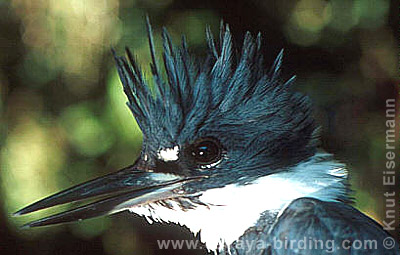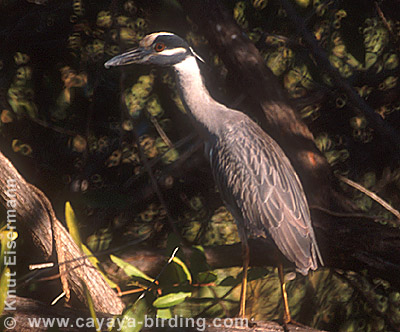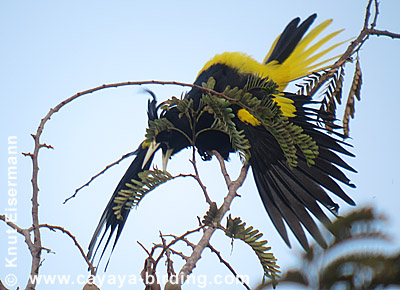Monterrico
Monterrico is a protected area on the Pacific coast of Guatemala. Although protection status is not strict (area of multiple use), Monterrico harbors one of the three large patches of mangrove on the Guatemalan Pacific coast. Accessible habitat for seeing birds include estuaries, mangrove, dry scrub, and beaches.
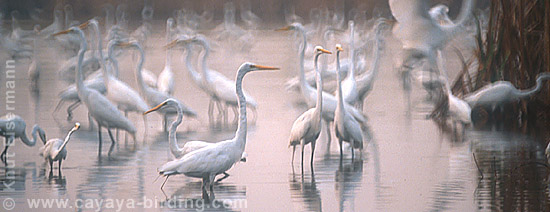
Early morning boat trips to the estuaries and reed swamps are always worthy. Bird abundance is highest during the northern winter and spring, when Nearctic-Neotropical migratory birds occur in Monterrico, including American White Pelican, several shorebirds (incl. Least, Stilt, Pectoral, Western Sandpiper, dowitchers and others), herons (Green, Tricolored, Little Blue, Great Blue Heron, Reddish and Snowy Egret), and several species of ducks. Roseate Spoonbill and White Ibis are resident in the area. Flocks of Black Skimmers dwell through the estuaries.
On boat trips through mangroves you may see Yellow-crowned and Black-crowned Night-Heron, Sungrebe, American Pygmy-Kingfisher, Mangrove Yellow Warbler and Mangrove Vireo.
The dry forest between the beach and the mangroves is habitat for White-throated Magpie-Jay, Rufous-naped Wren, Stripe-headed Sparrow, Turquoise-browed Motmot, Inca dove, Orange-fronted Parakeet, Ferruginous Pygmy-Owl, and Pacific Screech-Owl. Yellow-winged Cacique can be seen in mangrove and in gardens of Monterrico.
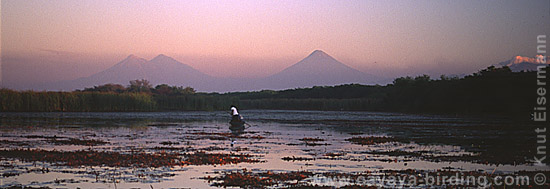
See turtle conservation: The conservation of sea turtles has been a difficult issue for years. One of the main threats faced by the turtles is the harvesting of their eggs by local people. Conservationists had been dialoging with locals in the area and imparting environmental education about these species for years when they finally struck a deal. The local egg harvesters agreed to voluntarily give a percentage of the eggs they collect to the scientific research center of San Carlos University in Monterrico. At the research center the eggs are buried in the sand and monitored by trained local rangers to assure the proper development and eclosion time of the eggs. Once the baby turtles hatch, a race is organized by the center where tourists can pay to host one of the small turtles as it takes its first steps toward the sea. This way guarenties at least some reproductive success.
Accommodation: Monterrico has several hotels, from basic to very comfortable.
When is the best time for a visit to Monterrico? Any time of year.
How do you support conservation and development in Monterrico? On our mangrove tour we collaborate with the local specialists. On this way an alternative income was created which helps to lower the impact on natural ressources. Monterrico is part of the Monterrico-Río La Paz Important Bird Area (IBA GT021).
